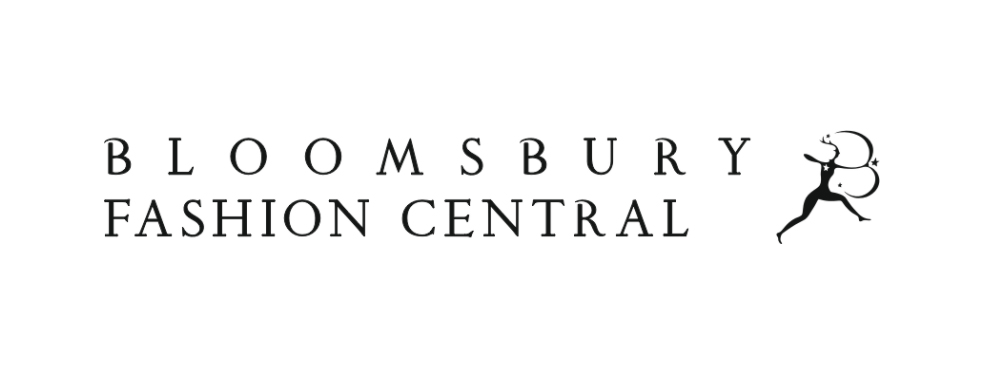This systematic literature review enhances paradigmatic/metaphysic analyses by examining how value-based commitments, intellectual personae, and stances impact the diversity, relevance, and consideration of ethics in gender research published in the top-tier marketing journals over the past 30 years. Theoretical contributions: 1) explain how commitments to research values and practices constitute personae and particular stances towards research, 2) attribute value commitments to positivist/ quantitative as well as humanist/qualitative research, and 3) implicate stances that favor particular theories and procedures in the hierarchical development of gender research and its marginalization in our field. Recommendations elaborate the analytic, reflexive and administrative training and research activities that will foster and reward more relevant, accurate, and ethical research on gender in the marketing academy and in industry. This work is of interest to persons dealing with gender identities, communities, and social issues, those working for greater gender representation and participation in firms and civic organizations, and those concerned with leveraging better marketing research for a better world.






